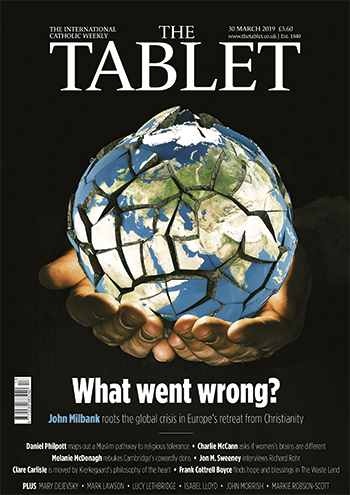The leadership of the Church of England decided it would stand alongside locked-down people by being locked down beside them. In effect, argues an Anglican theologian, it vacated the public square at the time of crisis, when people were instinctively looking to it for comfort and purpose
Churches in the United Kingdom have begun the cautious-step-by-cautious-step process of reopening church buildings. Public services of worship are now permitted, although social distancing and hygiene measures remain mandatory. It is too early to report on the experiences of that simultaneously longed-for and dreaded return, but it is not a bad time to begin to do some thinking about what the legacy of the lockdown period might prove to be. This will be an especially pointed question for the Church of England, which famously took government instructions to heart, and even exceeded them, at one point telling clergy not to enter their churches even for the purposes of streaming liturgies.
Publicly, the mood of the senior echelons of the CofE is chipper. The pandemic, it is suggested, created a “breathing space” in which the Church has reconsidered its priorities and road-tested innovative virtual responses to the inability of congregations to meet face-to-face. Numbers attending virtual worship have been higher than those typical for services in church buildings.
This has been an opportunity to face head-on the nightmare of the upkeep of thousands of ageing churches in the face of plummeting attendance rates, and to embrace an ecclesiology that emphasises winning followers for Jesus rather than bricks and mortar (while celebrating wins in areas such as accessibility, feminisation of worship spaces, and reduction of environmental footprint).



